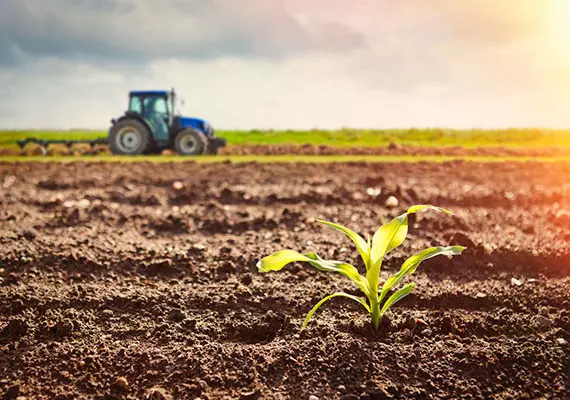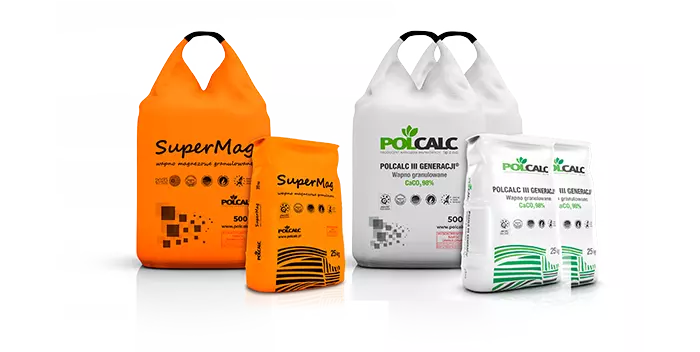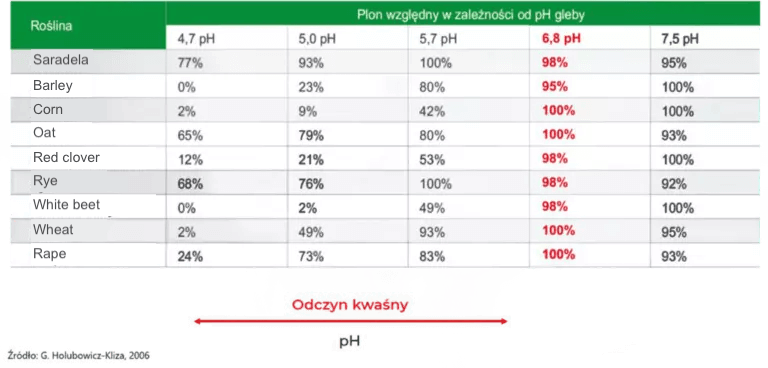
In Poland, no-till cultivation systems are increasingly being used. They contribute to reducing the labor intensity of crop production, minimizing water losses, and improving soil structure by increasing the content of organic matter (humus). It is also worth noting that compared to traditional tillage (using a plow), in simplified soil cultivation and direct seeding, the accumulation of plant residues causes a significant increase in the concentration of P, K, and Mg in the surface layer of the soil (Blecharczyk et al. 2007; Kraska 2011). The uptake and utilization of macronutrients by plants in the plow layer of soil are closely related to their solubility in the soil solution. However, it should be remembered that the process of nutrient uptake from the soil is largely dependent on its pH (soil acidity). Soils in Poland are variously acidified (Fig. 1), so maintaining them in proper agro-culture requires attention to the correct pH. This is particularly important in the case of no-till cultivation systems, which naturally tend to increase the acidity of the surface layer of the soil (Małecka et al. 2012). In the case of no-till cultivation, low soil pH necessitates the pre-sowing application of granulated carbonate lime Polcalc III Generation or granulated magnesium lime SuperMag (Fig. 2) at a rate of 500 to 1000 kg∙ha-1 (depending on soil pH and the species of planted crop). For highly acidic no-till soils, liming should be a two-stage process. First, powdered carbonate lime Kujawit should be applied at a rate of 2.0 - 3.5 t∙ha-1, and only after planting should the second dose of granulated liming agent, such as Polcalc III Generation or SuperMag, be applied at a rate of 500 to 1000 kg∙ha-1. For slightly acidic soils, Polcalc III Generation or SuperMag should be applied as a top dressing after crop emergence. The lime dose should then be adjusted according to the species of the cultivated plant (www.polcalc.pl). Determining the optimal soil pH suitable for a particular plant allows for reducing fertilization costs while achieving high yields (Table 1).

Fig. 1. Soil pH distribution in individual voivodeships

Fig. 2. Granulated calcium and calcium-magnesium fertilizers produced by Polcalc Nawozy Wapniowe Sp. z o.o.

Table 1. Effect of soil pH on the relative yield of selected crop species






